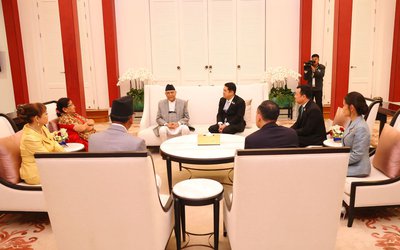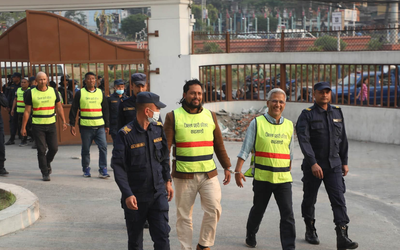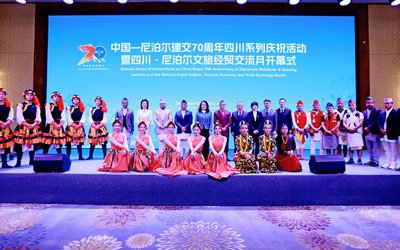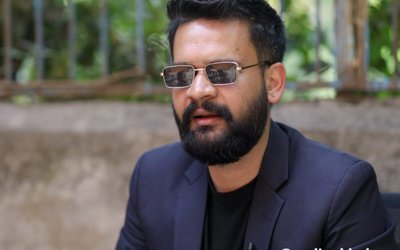More on News





Two weeks after the devastating earthquake struck Nepal, responders continue to innovatively use traditional methods to reach the affected people in remote, hard-to-reach areas, with relief items.
The 7.8 magnitude earthquake struck on 25 April, killing and injuring thousands of people and destroying lives, homes and livelihoods in more than half of the country’s districts. Hundreds of thousands of people became homeless and together with many other survivors require urgent humanitarian assistance. In the aftermath of the disaster the Government launched a massive relief operation, with support from and in collaboration with the international community.
“We have a short window to reach people in need,” said Jamie McGoldrick, the Humanitarian Coordinator in Nepal. “With the monsoon season just around the corner, our imperative is to provide communities with roofs over their heads and meet their basic needs.”
According to a press release issued by United Nations Information Center, responders tackle the topography challenge by creatively complementing standard aid delivery with competencies and traditional methods of the communities. The increased airlift capacity, the decentralization of logistical support through the creation of additional hubs close to the affected areas, and the inclusion of the road network also contribute to our ability to speed up the flow of relief goods.
Many mobile relief teams were dispatched to cover the affected areas on foot. Relief goods are also being dropped off at agreed locations with the communities so they can pick them up. We are reaching out to the affected communities via dedicated radio programming and through mobile networks to ensure they know how and where to obtain relief. This also allows us to receive direct feedback on their needs and concerns, so that we can address them accordingly.
To date, in coordination with district and national authorities, tens of thousands of tarpaulins and household items were distributed; more than 360,000 people received food; about 300,000 people were provided with safe drinking water; thousands of others benefitted from sanitation and hygiene support; and 19 field hospitals were established.
The race for time is on to meet the needs of people affected by the earthquake before the start of the monsoon season in next four to six weeks. Provision of shelter remains the most urgent need. Logistics, health, protection, sanitation and hygiene support, and food assistance are high priorities.







